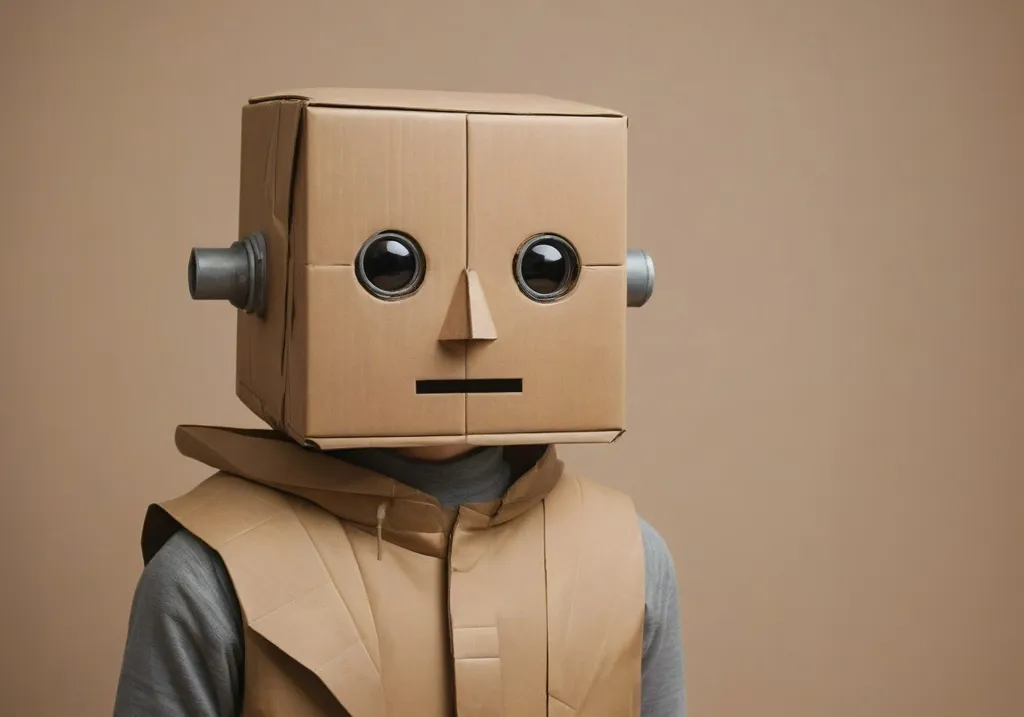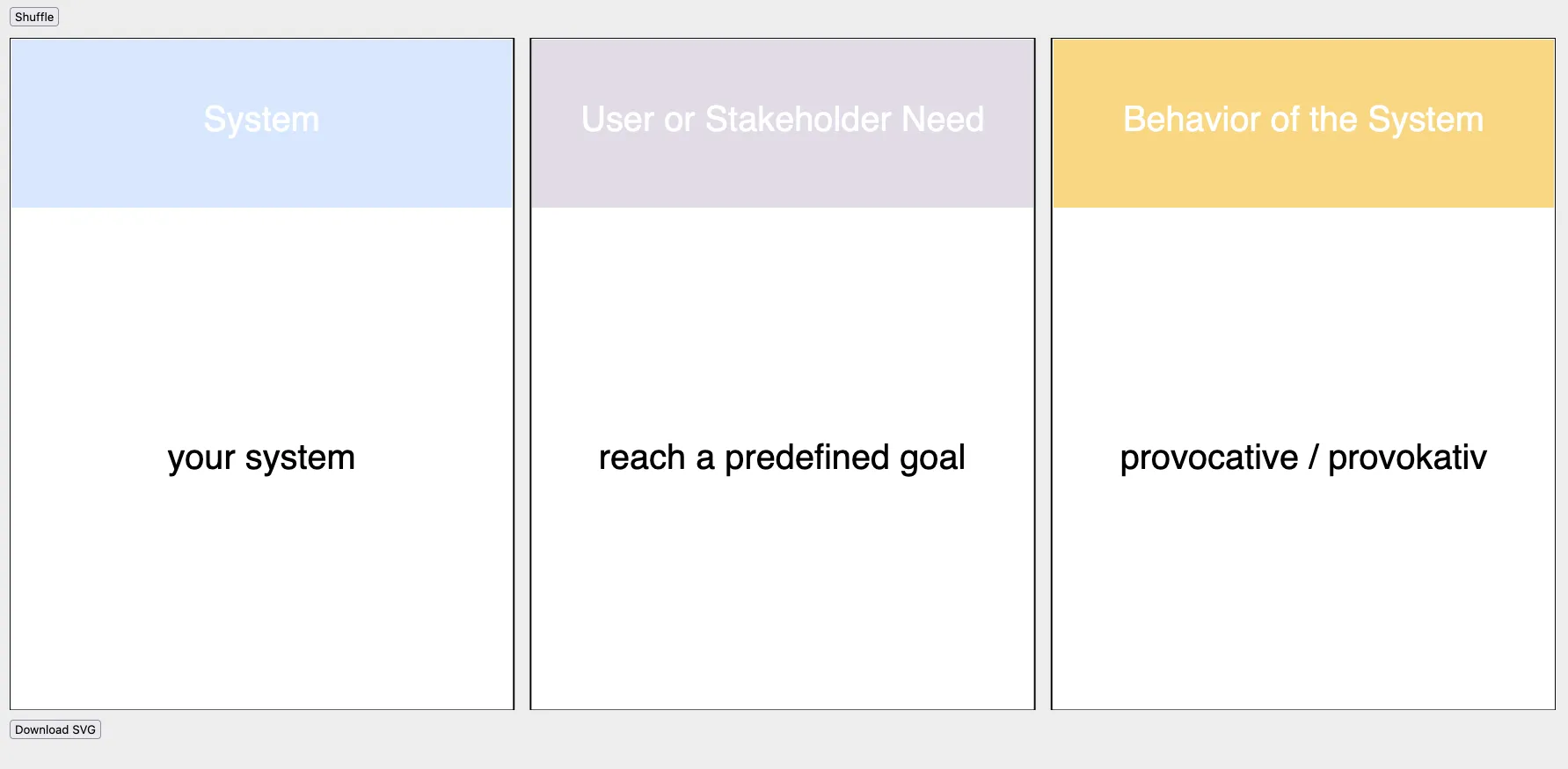Shaping Human-AI Relationships – Workshop

Shaping Human-AI Relationships – Workshop
As we design human-machine interactions, we inevitably shape expectations and relationships with technical systems. This becomes especially important as intelligent, AI-based systems play an increasing role in everyday life. The workshop “Shaping Human-AI Relationships – Exploring the Design Space through Performative Methods” aimed to explore how these human-technology relationships can be designed in a conscious and reflective way. In this workshop, held over five days at HfG Schwäbisch Gmünd as part of the international seminar week in summer 2024, we explored the design space for human-AI relationships through a range of experimental, performative methods, including role-playing and improvisation. The aim was to examine the potential of these methods for designing human-AI interactions.
On the first day, students were introduced to the technical fundamentals of AI-technologies through the “Acting out AI Systems” roleplay method in which students embodied different components of a sensor-based AI system [1]. The second day, we shifted from a user-centered to an object-centered perspective. Using again roleplay but also methods such as Thing Ethnography [2], Object Persona [3], and Techno-Mimesis [4], students examined AI systems from the perspective of the technology itself, analyzing the characteristics and behaviors of systems such as a fitness tracker, a virtual companion, or a virtual pet.
 Students roleplaying a virtual companion system
Students roleplaying a virtual companion system
![]() Students roleplaying a fitness tracking system
Students roleplaying a fitness tracking system
On day three, students explored the influence of system characteristics on human-machine relationships. A Slot Machine was used to generate randomized scenarios, mixing user needs with system behaviors, allowing students to role-play these combinations and explore the ethical implications of different interactions.

At the end of the workshop students applied the gained knowledge to consciously design the characteristics of an AI system. The freedom to choose between critical or solution-oriented design projects led to a variety of critical installations, which were presented in an exhibition on the final day.
The workshop took a hands-on approach with a focus on practical and conceptual engagement with the technology rather than theoretical deep dives. Especially courses with time constraints face the challenge of creating a low-threshold introduction to the informed design of AI technologies, without being held back by the technical complexity, while also not ignoring it. In this workshop, we therefore addressed the technical aspects in an abstract way using experimental and performative methods.
References:
[1] Rahel Flechtner and Jakob Kilian. 2024. Making (Non-)Sense—A Playful and Explorative Approach to Teaching AI Intuition for the Design of Sensor-Based Interactions. In Proceedings of the 6th Annual Symposium on HCI Education (EduCHI ‘24). Association for Computing Machinery, New York, NY, USA, Article 9, 1–9. https://doi.org/10.1145/3658619.3658643
[2] Elisa Giaccardi, Nazli Cila, Chris Speed, and Melissa Caldwell. 2016. Thing Ethnography: Doing Design Research with Non-Humans. In Proceedings of the 2016 ACM Conference on Designing Interactive Systems (DIS ‘16). Association for Computing Machinery, New York, NY, USA, 377–387. https://doi.org/10.1145/2901790.2901905
[3] Nazli Cila, Elisa Giaccardi, Fionn Tynan-O’Mahony, Chris Speed, & Melissa Caldwell. 2015. Thing-Centered Narratives: A study of object personas. In Proceedings of the 3rd seminar international research network for design anthropology (pp. 1-17)
[4] Judith Dörrenbächer, Diana Löffler, and Marc Hassenzahl. 2020. Becoming a Robot - Overcoming Anthropomorphism with Techno-Mimesis. In Proceedings of the 2020 CHI Conference on Human Factors in Computing Systems (CHI ‘20). Association for Computing Machinery, New York, NY, USA, 1–12. https://doi.org/10.1145/3313831.3376507


